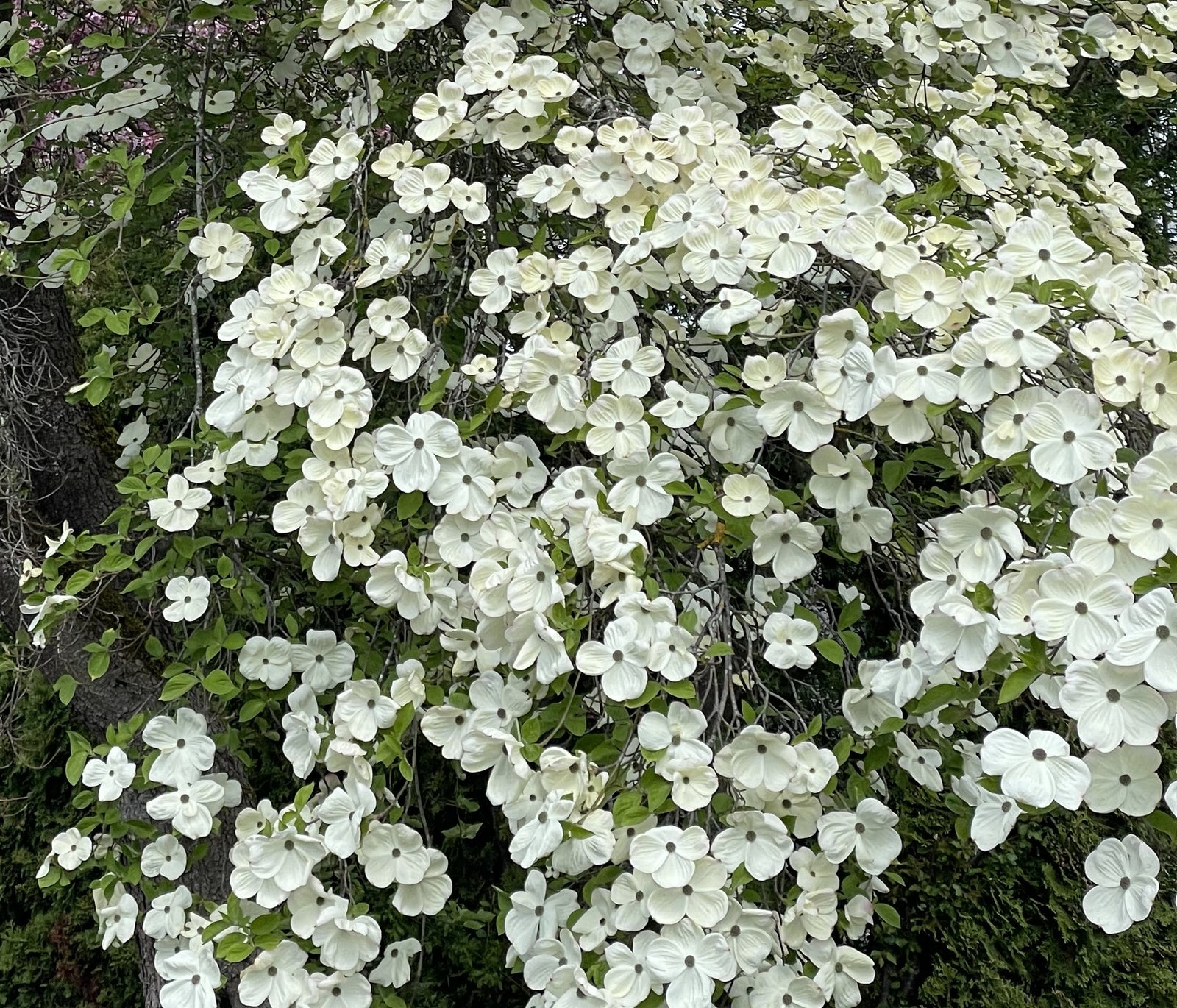
The Dogwood tree is a beautiful and iconic symbol of British Columbia. This flowering tree is known for its stunning white or pink blossoms that bloom in the spring, as well as its striking red berries that appear in the fall. But the Dogwood tree is more than just a pretty sight - it has deep cultural and ecological significance to the province.
In British Columbia, the Dogwood tree is the official provincial flower and is celebrated each year on April 6th as "Dogwood Day". This date was chosen to commemorate the day in 1946 when the province's first Dogwood Festival was held in Vancouver. The Dogwood tree has long been associated with the province's history and natural beauty, and is often featured in art, literature, and music.Beyond its cultural significance, the Dogwood tree is also an important part of British Columbia's ecology. The tree's leaves, bark, and berries are a food source for a variety of wildlife, including birds and small mammals. The Dogwood tree is also a popular ornamental tree that is widely planted in gardens and parks throughout the province, adding to the region's natural beauty.Unfortunately, the Dogwood tree is also facing threats from disease and climate change. The Dogwood Anthracnose fungus has been affecting Dogwood trees in British Columbia, causing leaf spots, stem cankers, and dieback. Climate change is also affecting the tree's habitat, as warming temperatures and changing precipitation patterns alter the ecosystem.In response to these threats, conservation efforts are underway to protect the Dogwood tree and preserve its important cultural and ecological significance. This includes research into disease-resistant varieties of the tree, as well as efforts to reduce greenhouse gas emissions and mitigate the effects of climate change.



